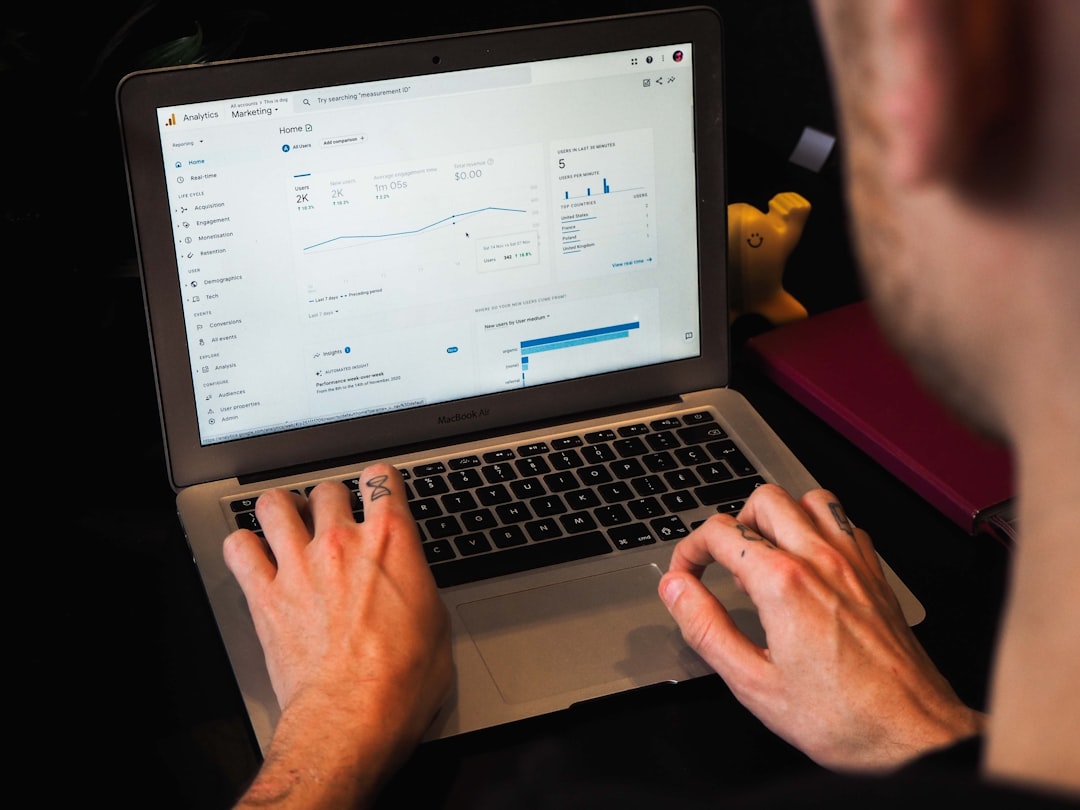In the ever-evolving landscape of data science and analytics, KNIME stands out as a powerful open-source platform that caters to a diverse range of users, from data enthusiasts to seasoned professionals. Launched in 2004, KNIME (Konstanz Information Miner) has grown into a robust ecosystem that enables users to create data workflows through an intuitive graphical interface. This platform is designed to facilitate the entire data analysis process, from data extraction and transformation to modeling and visualization.
Its open-source nature not only fosters innovation but also encourages collaboration among users, making it a popular choice for organizations looking to harness the power of data without the constraints of proprietary software. One of the most appealing aspects of KNIME is its versatility. It supports a wide array of data sources, including databases, flat files, and big data platforms, allowing users to work with various types of data seamlessly.
This flexibility makes KNIME an ideal choice for those who wish to explore data science without being locked into a specific technology stack.
Key Takeaways
- KNIME is an open-source platform for data analysis, machine learning, data integration, workflow automation, and data-driven decision making.
- KNIME offers a wide range of features and capabilities for data analysis, including data manipulation, visualization, and reporting.
- Machine learning with KNIME involves using various algorithms and models for tasks such as classification, regression, clustering, and text mining.
- Data integration with KNIME involves connecting to various data sources, preparing and cleaning data, and transforming data for analysis.
- Workflow automation with KNIME streamlines processes by automating repetitive tasks and integrating various tools and systems.
Data Analysis with KNIME: Features and Capabilities
Comprehensive Data Analysis Capabilities
KNIME offers extensive data analysis capabilities, providing users with a comprehensive suite of tools to manipulate and analyze data effectively. At the core of its functionality is the visual workflow editor, which allows users to design complex data processing pipelines by simply dragging and dropping nodes onto a canvas. Each node represents a specific operation, such as data cleansing, transformation, or statistical analysis, making it easy for users to visualize their workflows and understand the flow of data.
Advanced Analytics and Data Analysis Tasks
Moreover, KNIME offers a plethora of built-in nodes for various data analysis tasks, including descriptive statistics, correlation analysis, and hypothesis testing. Users can easily perform exploratory data analysis (EDA) to uncover patterns and insights within their datasets. The platform also supports advanced analytics techniques, such as time series analysis and text mining, enabling users to tackle a wide range of analytical challenges.
Empowering Users with Insights
With its user-friendly interface and powerful analytical capabilities, KNIME empowers users to derive meaningful insights from their data without requiring extensive programming knowledge.
Machine Learning with KNIME: Algorithms and Models

Machine learning is a critical component of modern data analysis, and KNIME excels in this area by providing access to a rich library of algorithms and models. Users can choose from a variety of machine learning techniques, including supervised learning methods like regression and classification, as well as unsupervised learning approaches such as clustering and dimensionality reduction. This diversity allows users to select the most appropriate algorithms for their specific use cases.
KNIME also facilitates model evaluation and optimization through its integrated tools for cross-validation and hyperparameter tuning. Users can easily assess the performance of their models using various metrics, such as accuracy, precision, recall, and F1 score. Additionally, the platform supports ensemble methods and model stacking, enabling users to combine multiple models for improved predictive performance.
With these capabilities at their fingertips, data scientists can build robust machine learning solutions that drive actionable insights.
Data Integration with KNIME: Connecting and Preparing Data
| Data Integration Metrics | Value |
|---|---|
| Number of Data Sources Connected | 10 |
| Data Preparation Time | 2 hours |
| Data Integration Accuracy | 95% |
| Data Integration Errors | 3 |
Data integration is a crucial step in any data analysis project, and KNIME simplifies this process through its extensive connectivity options. The platform supports numerous data sources, including relational databases like MySQL and PostgreSQL, NoSQL databases like MongoDB, cloud storage solutions like Amazon S3, and even web services via REST APIs. This flexibility allows users to gather data from disparate sources and consolidate it into a single workflow for analysis.
Once the data is connected, KNIME provides powerful tools for data preparation and transformation. Users can clean their datasets by handling missing values, removing duplicates, and standardizing formats. The platform also offers advanced transformation capabilities, such as pivoting, aggregating, and joining datasets.
With these features, users can ensure that their data is in the best possible shape for analysis, ultimately leading to more accurate results.
Workflow Automation with KNIME: Streamlining Processes
In today’s fast-paced business environment, efficiency is paramount. KNIME addresses this need by enabling users to automate their workflows, thereby streamlining repetitive tasks and reducing the potential for human error. Users can schedule workflows to run at specific intervals or trigger them based on certAIn events, ensuring that analyses are performed consistently and timely.
Moreover, KNIME’s integration with various scripting languages allows users to incorporate custom code into their workflows when necessary. This flexibility means that users can automate complex processes while still leveraging the power of programming languages like R or Python for specialized tasks. By automating workflows in KNIME, organizations can save valuable time and resources while maintaining high-quality analytical outputs.
Data-Driven Decision Making with KNIME: Insights and Visualization

The ultimate goal of any data analysis project is to inform decision-making processes with actionable insights. KNIME excels in this area by providing robust visualization tools that help users communicate their findings effectively. The platform includes a variety of visualization nodes that allow users to create interactive dashboards, charts, and reports that can be easily shared with stakeholders.
In addition to standard visualizations like bar charts and scatter plots, KNIME supports advanced visual analytics techniques such as heatmaps and network graphs. These visualizations enable users to explore complex relationships within their data and present their findings in an engaging manner. By leveraging these visualization capabilities, organizations can foster a culture of data-driven decision-making that empowers teams to make informed choices based on solid evidence.
KNIME Community and Support: Resources and Collaboration
One of the standout features of KNIME is its vibrant community of users who contribute to the platform’s growth and development. The KNIME community is an invaluable resource for both new and experienced users alike. Through forums, user groups, and online events, members can share knowledge, ask questions, and collaborate on projects.
This sense of community fosters an environment where users can learn from one another and stay updated on the latest developments in the platform. Additionally, KNIME offers extensive documentation and tutorials that cater to various skill levels.
The availability of these resources ensures that users can maximize their experience with KNIME while continuously improving their skills in data science.
Getting Started with KNIME: Tutorials and Best Practices
For those eager to dive into the world of KNIME, getting started is both straightforward and rewarding. The first step is to download the latest version of the software from the official KNIME website. Once installed, users can explore the user-friendly interface and begin experimenting with sample workflows provided within the platform.
To further enhance their learning experience, new users are encouraged to take advantage of the wealth of tutorials available online. These tutorials cover a wide range of topics—from basic workflow creation to advanced machine learning techniques—allowing users to build their knowledge progressively. Additionally, following best practices in workflow design—such as keeping workflows organized with clear naming conventions and documentation—can significantly improve efficiency and collaboration in team settings.
In conclusion, KNIME is an exceptional open-source platform that empowers users to harness the full potential of their data through comprehensive analysis, machine learning capabilities, seamless integration options, workflow automation features, insightful visualizations, and a supportive community. Whether you are just starting your journey in data science or are an experienced professional looking for a versatile toolset, KNIME offers everything you need to succeed in today’s data-driven world.
If you’re interested in exploring how emerging technologies are shaping the future of digital environments, you might find the article “Future Trends and Innovations in the Metaverse: Emerging Technologies Shaping the Metaverse” particularly enlightening. This article delves into the advancements and innovations that are defining the next generation of virtual spaces, which could be highly relevant when considering the integration of platforms like KNIME for data analysis and machine learning within such environments. You can read more about these insights by visiting Future Trends and Innovations in the Metaverse.
FAQs
What is KNIME?
KNIME is an open-source platform for data analysis, machine learning, data integration, workflow automation, and data-driven decision making. It provides a visual interface for creating data workflows and supports various data formats and sources.
What are the key features of KNIME?
Some key features of KNIME include its ability to integrate various data sources, perform data analysis and visualization, build machine learning models, automate data workflows, and support data-driven decision making.
Is KNIME free to use?
Yes, KNIME is an open-source platform and is free to use. It also offers a commercial version with additional features and support.
What are the benefits of using KNIME?
Some benefits of using KNIME include its user-friendly visual interface, support for various data formats and sources, ability to integrate with other tools and platforms, and its flexibility for data analysis and machine learning tasks.
What kind of users can benefit from using KNIME?
KNIME can benefit a wide range of users including data scientists, data analysts, machine learning engineers, business analysts, and anyone involved in data-driven decision making and automation.
How does KNIME support data-driven decision making?
KNIME supports data-driven decision making by providing tools for data analysis, machine learning, and workflow automation, allowing users to derive insights from data and make informed decisions based on the analysis results.











Leave a Reply